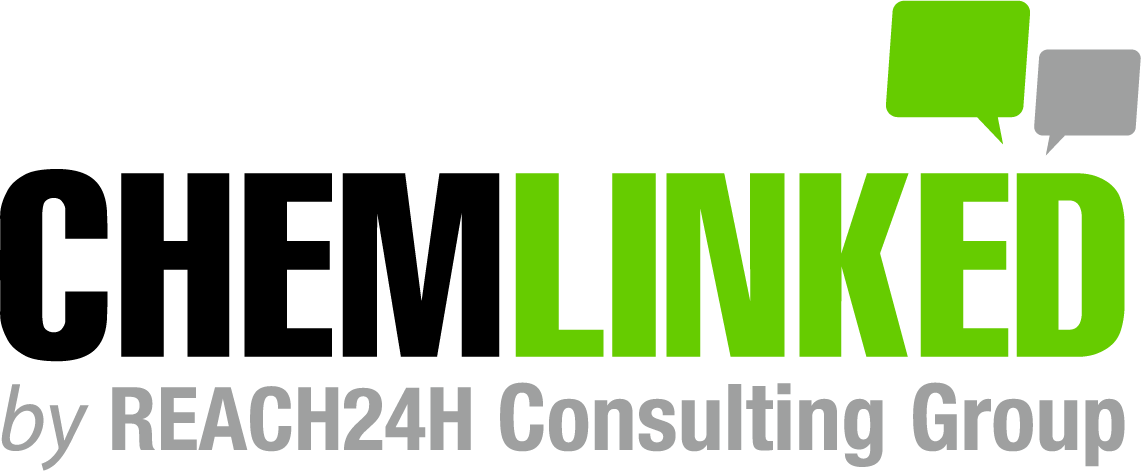Opportunities and Challenges of Water-soluble Fertilizer (WSF) under China’s Agricultural Reform
China’s agricultural production is transforming from an “extensive ” to a “quality intensive ” pattern and top-down agricultural reform is bringing about huge growth opportunities for water-soluble fertilizer(WSF), which has unparalleled compatibility to China’s resource-saving policy. In this analysis, we will explain the growth factors and major problem of China’s WSF market, trying to make interpretation for overseas fertilizer companies.
China uses 6% of the world's water resources, 9% of the world’s farmland and 30% of the world’s chemical fertilizers to produce 26% of the agricultural products in the world. China’s annual irrigation water consumption is 360 billion tons per year but there is still an input gap of 30 billion tons. The agricultural output per water consumption was only 1 kg per ton, half the efficiency that the US and Israel achieved.
Upgrade to a paid membership is required
To view the relevant content, you need to upgrade to a paid membership. Paid members can use the legal and regulatory database, download ebooks for free, and use all the functions of this site without restrictions. If you would like to receive a 14-day free trial, please click here to proceed to the application page.
Log in
Register now




